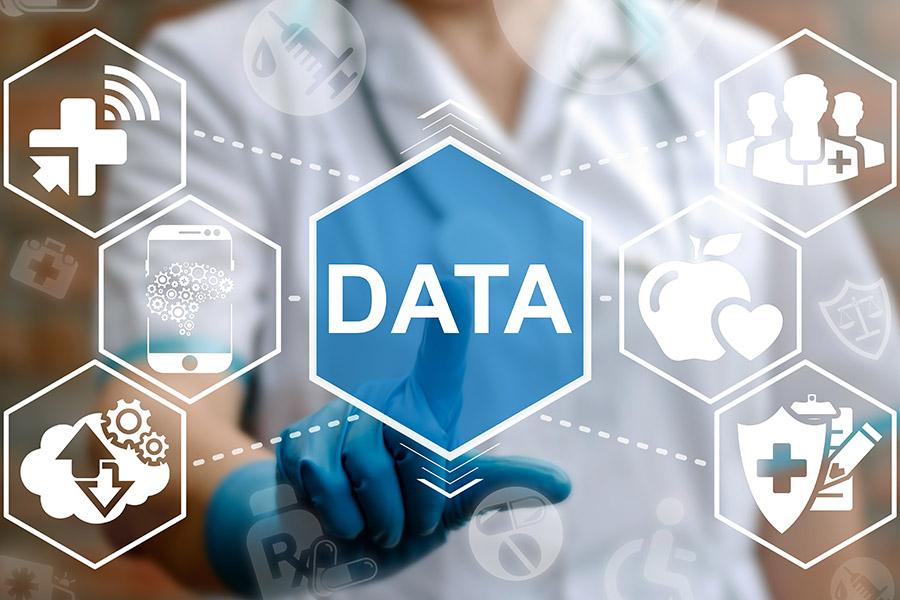Smart drugs from smart data
Companies hope to manage spiralling drug development costs and long development cycles with the smart use of data
The life sciences industry has lived up to its name — it has been literally life-saving. It has produced drugs which have saved and enhanced millions of lives. This vital industry is highly competitive today as companies vie to bring their formulas to market in a highly regulated environment. Hundreds of millions of dollars are poured into drug development and companies often invest in several areas of drug research in the hope that at least one of the drugs will pay off big. To support their R&D and manufacturing cycles, the industry has consistently invested in technology to help to add efficiencies and reduce costs and time-to-market.
Data has become the lifeblood for the life science and pharmaceutical industry. The industry is bursting at the seams with data that flows in from labs, hospitals, patients, clinical trials, medical and wearable devices, sensors, manufacturing units, etc. Scientists, researchers and analysts rely on these varied streams of data that have to be processed and analysed on a daily basis. Companies hope to manage spiralling drug development costs and long development cycles with the smart use of data. And massive amounts of data requires fast, reliable and scalable storage systems.
For a taste of how just how much data is produced, consider the field of genomics which has become of crucially important in drug development decisions. As scientists work on sequencing the human DNA, they expect to produce digital information in the thousands of petabytes (106 GB) in the next decade — and some sources say that it might even exceed the data requirements of video-sharing sites like YouTube. And genomics is just one source of data that feeds into life sciences.
In addition to volume, the data also has to be efficiently and durably for relatively long periods of time since scientific studies often last decades. Furthermore, teams are often spread out across geographies and time zones and all of them need to be able to access and analyse data of varied types without loss of performance. Another requirement is that the storage must be very secure and also be nimble enough to allow sharing across team and functions. Avoiding the pitfalls of data silos goes a long way in producing well-rounded and more complete research with a higher chance of a successful launch. For example, data from the manufacturing floor fed back into the research phases could provide insights that could streamline the production process.
It is clear that the challenges of data creation and management can put a lot of pressure on the IT departments of the life sciences companies. But the good news is that storage technology has been keeping pace with the complex and disparate demands of the industry. The technology is versatile enough to serve every type of storage requirement.
Flash technology offers lighter, compact storage with fast response times. Falling prices of flash also make it a cost effective choice for high performance systems that are critical for scientists working with big data. To comply with regulatory requirements, data from the drug research, development and clinical trial process has to be preserved securely for the long term. The data is not only voluminous, it is also not homogenous — it could be a mix of numbers, text, images, audio, video, etc. Object storage technology can handle unstructured data with ease and offers both long-term and deep archival options that fit into large-scale storage platforms and also comes with a cost advantage.
Both flash and object storage technology can be combined in a complementary manner with the more traditional and established storage systems to provide versatile storage. In addition, both technologies are compatible with cloud systems. This is important because cloud infrastructure in various configurations is being increasingly adopted by the life sciences industry to get the benefits of scale and economy and also help streamline IT costs and maintenance. Cloud is also the smart choice to support global teams, and offers advantages in the areas of security, supporting applications and micro-services.
As the life sciences and pharma industry engages in its own disruption and deals with the challenges of delivering on the many promising advances that it has made, it can be sure that it will be ably supported by high performance and cost effective storage that will form the backbone of their vital IT infrastructure.
- By Vivek Tyagi, Director for India business development, SanDisk Commercial sales and Support at Western Digital, India
The thoughts and opinions shared here are of the author.
Check out our end of season subscription discounts with a Moneycontrol pro subscription absolutely free. Use code EOSO2021. Click here for details.
